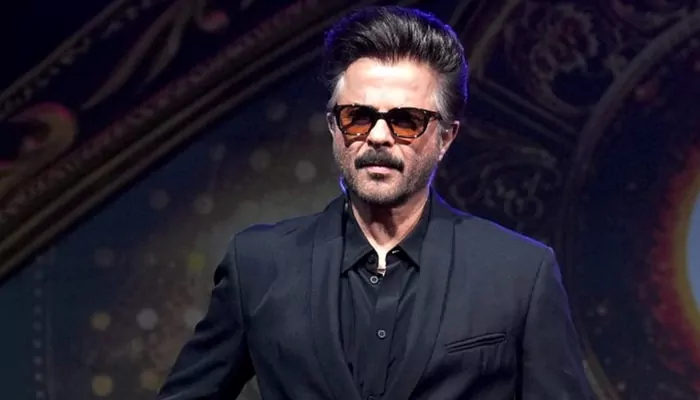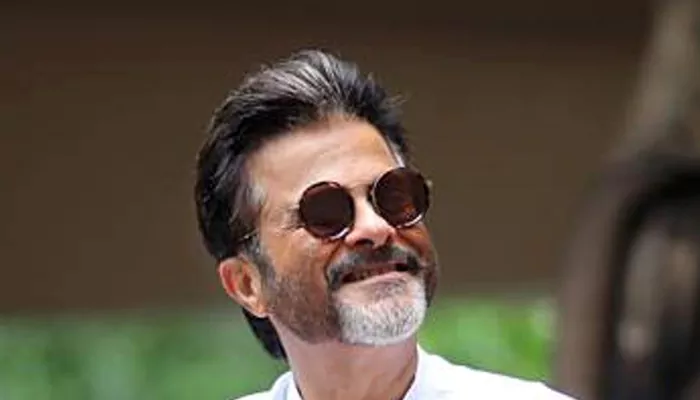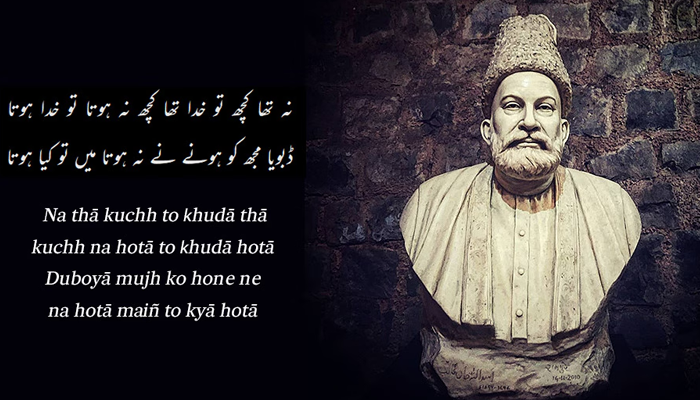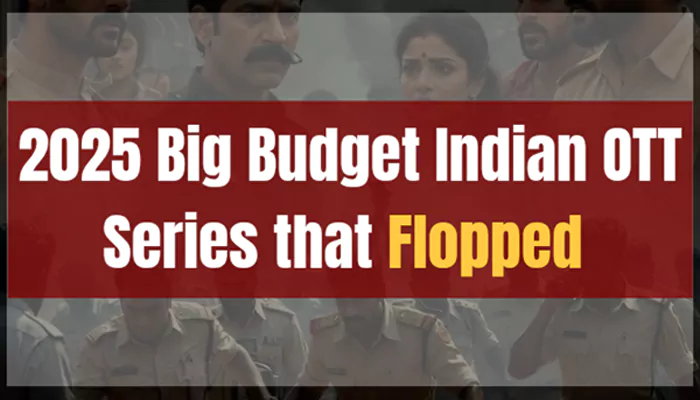On This Day (April 29) - Alfred Hitchcock's Death Anniversary: Understanding Hitchcock's Techniques To Create Suspense In Films
- Admin
- 1 year ago
- 5 minutes read

The late English filmmaker mastered the art of generating suspense on screen, thus earning the title "Master of Suspense".
"I believe in putting the horror in the minds of the audience, and not necessarily on the screen." - Alfred Hitchcock
Was Alfred Hitchcock a genius? Absolutely! And did he bring a revolution to the world of cinema? That's without an iota of doubt!
Precisely, Hitchcock was the "master of suspense", and he totally transformed the way cinema looked. Although he was hugely influenced by German Expressionism and Soviet Socialist Realism, he created a new language of visual storytelling that resonated with one and all. Whether it's his command over the craft, his meticulous attention to detail, or his understanding of human psychology - he was a master in the truest sense of the term.
"... Hitchcock did more than any director to shape modern cinema, which would be utterly different without him." - David Gritten (Film Critic and Author)
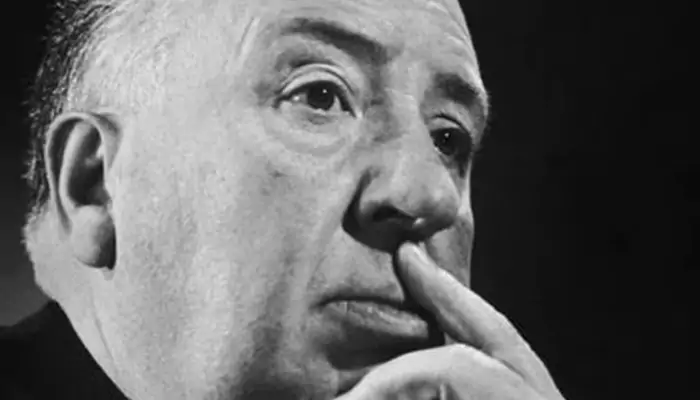
The maestro Alfred Hitchcock
'Psycho', 'Rebecca', 'Vertigo', 'Shadow of a Doubt', 'Notorious', 'Rear Window', 'Strangers on a Train', 'Dial M for Murder', 'The Trouble with Harry', 'North by Northwest', and 'The Birds' are among the finest films that Hitchcock made. And all these films are best known for their suspenseful moments, keeping audiences on the edge of their seats.
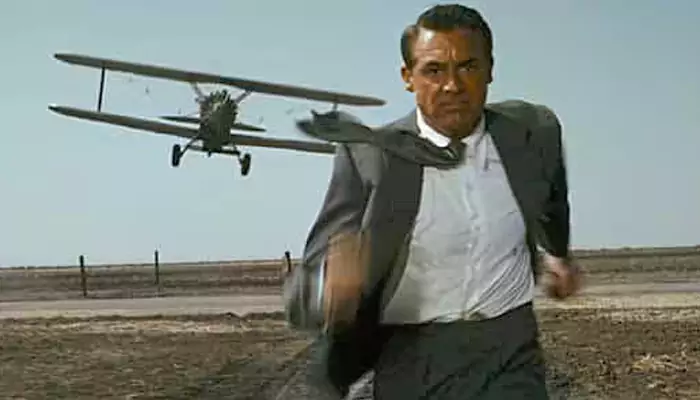
A still from 'North by Northwest'
Today, on the occasion of Hitchcock's 44th death anniversary, let's understand the techniques that he used to create suspense in his films.
The viewers should know more than the character
Well, this is a classic Hitchcock technique that he used in almost all his films. He loved the idea of making the viewers a part of the scene, showing them what the character was unaware of. This would build up the suspense level in our minds consistently, keeping us hooked like no other.
In one of his interviews, Hitchcock explained it brilliantly. "... suppose there is a bomb underneath this table between us. Nothing happens, and then all of a sudden, ‘Boom!’ There is an explosion. The public is surprised, but prior to this surprise, it has seen an absolutely ordinary scene, of no special consequence.
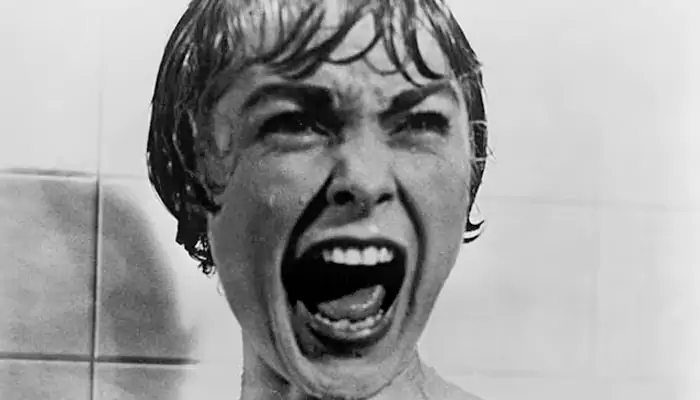
The iconic shower scene in ‘Psycho’
Now, let's take a suspense situation. The bomb is underneath the table and the public knows it, probably because they have seen the anarchist place it there. The public is aware the bomb is going to explode at one o’clock and there is a clock in the decor. The public can see that it is a quarter to one. In these conditions, the same innocuous conversation becomes fascinating because the public is participating in the scene. The audience is longing to warn the characters on the screen: ‘You shouldn’t be talking about such trivial matters. There is a bomb beneath you and it is about to explode.'”
The mistaken identity
This is a recurring theme in several of his films. By placing his protagonists in situations where they are misidentified, he infused a sense of unpredictability in his films. During his interaction with Truffaut, he said, "... that's because the theme of the innocent man being accused, I feel, provides the audience with a greater sense of danger. It's easier for them to identify with him than with a guilty man on the run."
(Credit: Movieclips)
Whether it's 'Psycho', 'Vertigo', or 'North by Northwest', he time and again used the idea of mistaken identity. And it not only kept viewers on their toes but also added another layer of depth to the narratives.
The use of tracking shots
Hitchcock knew how to use the camera to maximize the suspense level in a scene. And he often used tracking shots for this purpose. For instance, he used to incorporate slow tracking shots to create a sense of anticipation (if you have watched 'Vertigo', you would know). On the other hand, in films like 'Rear Window', there are uses of long tracking shots that allow us to get familiar with suspicious persons or activities.
(Credit: Screen Bites)
And he truly loved the idea of subjective tracking shots. In 'Psycho', there's a scene where Detective Milton Arbogast climbs the stairs of the Bates’ house. We already know Mrs. Bates is there in the house, and the camera moves up along with Arbogast, leaving us anticipating where Mrs. Bates will emerge from.
The static camera shots
While he loved to manipulate the viewers, he also knew where and how to make the viewers feel helpless. And he often achieved this by using static camera shots. He understood a static camera shot creates an eerie sense of stillness among viewers, and it also allows the viewers to notice specific details within the frame, thereby understanding the narrative better.
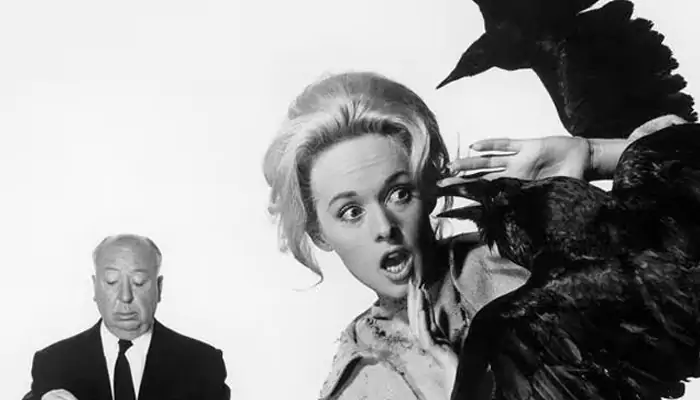
‘The Birds’
In 'The Birds', there's a scene where the camera is placed near a playground and watches Melanie. A lot of birds come in front of the camera, and Melanie goes out of focus; however, the camera remains still, building tension in our minds as we become restless. We wait for something to happen, and this enhances the suspense level like no other!
The Kuleshov Effect
Discovered by Soviet filmmaker Lev Kuleshov during the early 20th century, the Kuleshov effect refers to the idea that the viewers extract more meaning from the juxtaposition of two shots instead of individual shots. With this, the filmmaker can alter the perception of a character's emotions and manipulate the viewers.
(Credit: Movieclips)
Hitchcock, being the crazy genius that he was, used the Kuleshov effect brilliantly in his films to generate suspense. For instance, take the iconic shower scene from 'Psycho'. The killer pulls the shower curtain back, Marion starts screaming, and the water swirls down the drain - when edited together, these three shots create a scene so suspenseful that it sends a shiver down our spine.
Well, Thank You, Mr. Hitchcock, For All The Amazing Films!


